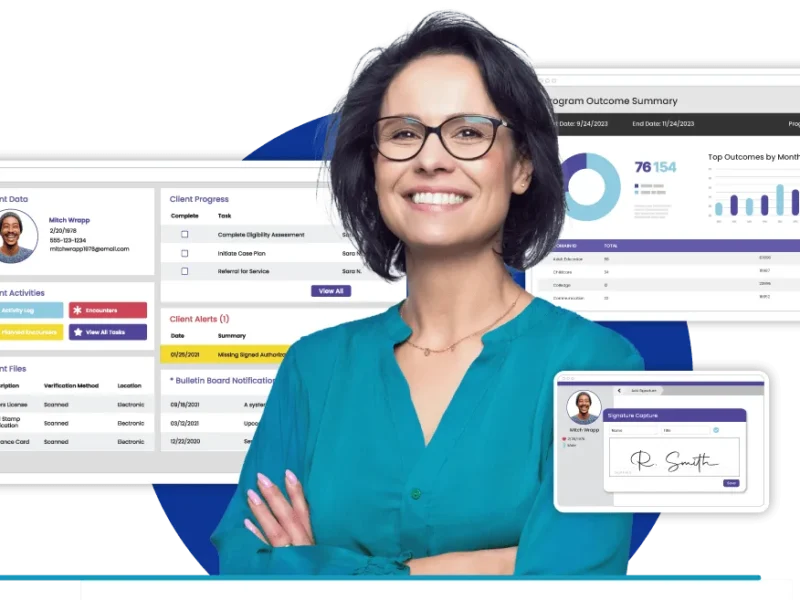Stock trading has come a long way from the chaotic floors of traditional exchanges to the quiet convenience of a few taps on a smartphone. In 2025, the stock trading landscape is evolving at a faster pace than ever, driven by technological innovation, regulatory shifts, and changing investor behavior. From artificial intelligence and blockchain to greater retail participation, the future of stock trading promises to be smarter, more efficient, and accessible to a broader audience.
For many retail traders, the first question is often which app is best for trading. With dozens of platforms offering advanced tools and low fees, investors in 2025 are spoiled for choice. But knowing where the market is heading next can be the real game-changer. Let’s dive into the key trends that are set to reshape stock trading in the years to come.
The Rise of AI-Powered Trading Platforms
Artificial intelligence is already transforming how trades are executed, strategies are built, and market trends are analyzed. In 2025 and beyond, AI will become an even more integral part of stock trading ecosystems. Advanced algorithms will enable platforms to offer personalized investment strategies, real-time predictive analytics, and improved risk management tools.
For retail investors, this means better insights and a level playing field with institutional players. AI will also help in filtering noise from valuable data, allowing traders to act on meaningful signals instead of reacting to every market ripple.
Fractional Investing and Micro-Investing Gains Traction
Accessibility has been one of the biggest trends in recent years, and it shows no signs of slowing. Platforms are increasingly offering fractional shares and micro-investment options that let users start with as little as ₹10 or ₹100. This is particularly attractive to younger investors and those with limited capital.
In 2025, expect these models to expand further, breaking down traditional barriers and encouraging financial inclusion. As more platforms adopt these practices, investing in high-value stocks like those of major tech companies will become even more democratic.
Blockchain and Tokenized Assets
One of the most exciting developments in trading is the integration of blockchain technology. While cryptocurrencies have already brought blockchain into the financial spotlight, tokenized stocks—digital representations of traditional shares—are emerging as a new frontier.
Tokenized assets offer greater liquidity, faster settlement times, and global accessibility. In the next few years, we may see major exchanges and brokerage platforms incorporating blockchain-based solutions to streamline operations and improve transparency.
Social Trading and Community-Based Platforms
Another trend gaining momentum is social trading, where users can follow, copy, or learn from the trading activities of more experienced investors. Platforms are increasingly integrating community forums, strategy-sharing features, and leaderboard systems to engage users and build trust.
In 2025, social trading will likely evolve further, aided by AI and gamification. Educational content, user-generated analyses, and interactive learning tools will make it easier for new traders to build confidence and develop skills.
Enhanced Regulatory Oversight and Investor Protection
With greater participation in stock markets, regulators are taking steps to improve transparency and investor protection. In India, SEBI continues to push for reforms that simplify processes and make trading safer for retail participants.
Expect more stringent norms around disclosures, algorithmic trading, and compliance by brokerage firms. This shift will not only foster trust but also encourage more people to explore stock trading as a long-term investment avenue.
Customizable Dashboards and Personalization
Gone are the days of one-size-fits-all platforms. In 2025, trading apps are becoming increasingly customizable, allowing users to tailor dashboards, alerts, and portfolio views to their preferences. From dark mode to personalized news feeds and risk-based filtering, modern trading interfaces are built with user experience in mind.
This level of personalization helps traders stay focused and make informed decisions without being overwhelmed by information overload.
Focus on Cost Transparency
A major concern for new traders is understanding the various costs associated with stock trading. Whether it’s brokerage charges, transaction fees, or government levies, these can significantly affect net returns if not tracked properly. Traders are becoming more aware of the Different Types of Charges in Online Trading, prompting platforms to become more transparent in their fee structures.
In the future, look for innovations such as real-time fee calculators, comparative tools, and transparent billing systems that break down costs for every trade executed.
Growth of ESG and Impact Investing
Environmental, Social, and Governance (ESG) considerations are playing a bigger role in investment decisions. More traders are looking to align their portfolios with sustainable and ethical values. Platforms are now offering ESG ratings, green portfolios, and even carbon impact assessments.
In 2025 and beyond, ESG investing will no longer be niche—it will be mainstream. Investors will demand more data, and regulatory bodies may enforce stricter disclosure norms for ESG metrics, making it easier to compare and choose sustainable investments.
5G and Edge Computing Accelerate Speed
Technology doesn’t just affect what tools are available—it impacts the speed and reliability of trading itself. With 5G networks and edge computing becoming standard, expect lightning-fast trade execution and real-time data syncing like never before.
This technological leap is especially beneficial for high-frequency traders and those relying on real-time charting and analytics. As latency shrinks, traders will experience fewer delays, which can be crucial in volatile markets.
Integration of Investment and Lifestyle Apps
One of the upcoming trends is the merger of financial platforms with everyday apps. From budgeting tools to tax planners, everything will soon be connected to your trading dashboard. This holistic approach to personal finance makes it easier to manage goals, automate investments, and stay aligned with broader financial plans.
By 2025, stock trading will no longer be seen as a separate financial activity but as an integral part of smart financial living.
Conclusion
The future of stock trading is defined by innovation, inclusion, and intelligent systems. From AI-powered tools and fractional investing to ESG-conscious decisions and cost transparency, the trading world is evolving to empower every type of investor. Whether you’re a seasoned trader or just starting, understanding these emerging trends can help you stay ahead of the curve.
With the right tools, platforms, and knowledge, navigating the stock markets in 2025 and beyond will be more intuitive, affordable, and rewarding than ever before.



